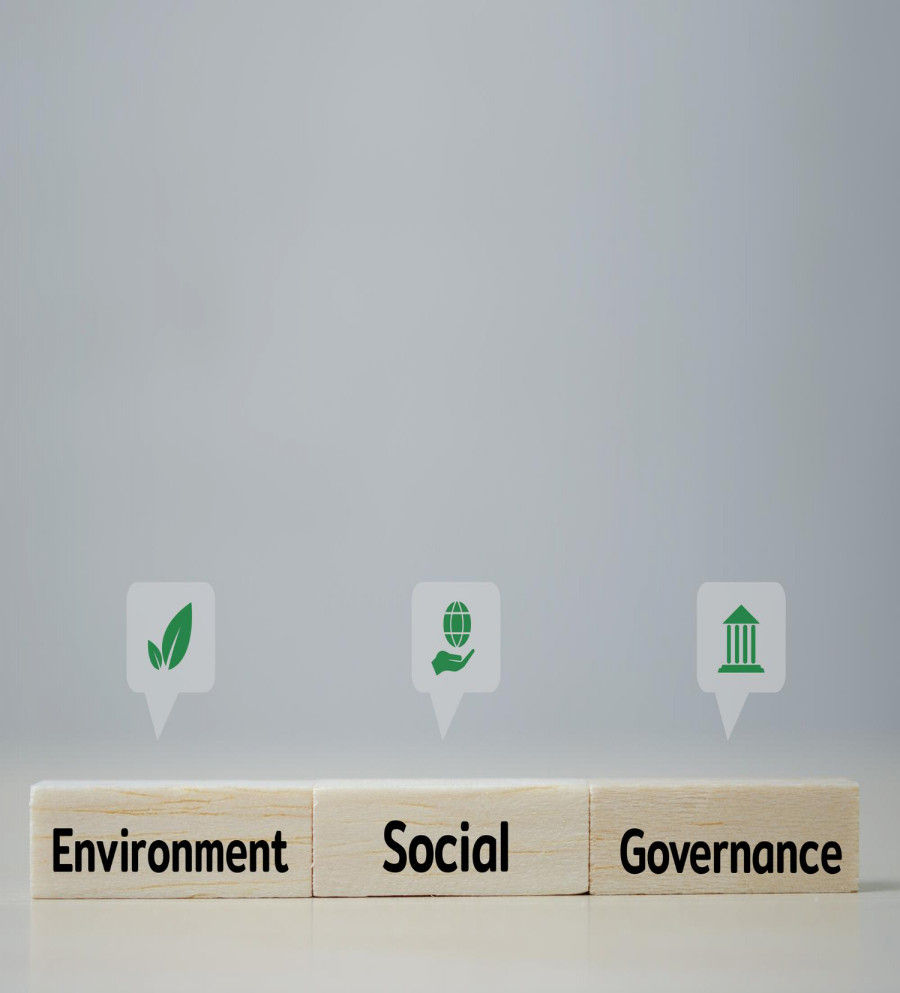ESG 2024: The Future of Sustainable Investing
Sustainability Resources for Singaporean Businesses and Individuals
Interview with a Sustainability Expert on the Biggest Challenges and Opportunities Facing Singapore
Case Study: How One Singaporean Sustainability Practitioner is Making a Difference
The Future of Sustainability in Singapore

In an era where corporate accountability and ethical business practices are of paramount importance, the relationship between sustainability, good governance, and transparency has never been more critical. Organizations worldwide are recognizing the profound impact of sustainability on their operations, reputation, and the well-being of society at large. In this article, we will delve into the pivotal role of sustainability in promoting good governance and transparency. We will explore the key benefits, practical applications, and the transformative influence of sustainability on ethical business operations.
Understanding the Triad: Sustainability, Good Governance, and Transparency
Sustainability is the practice of conducting business in a manner that meets the needs of the present without compromising the ability of future generations to meet their own needs. It encompasses economic, social, and environmental dimensions, often referred to as the triple bottom line.
Good Governance involves the establishment of systems and processes that ensure organizations are managed ethically, effectively, and in the best interests of stakeholders. It encompasses principles like accountability, transparency, and fairness.
Transparency is the practice of openly sharing information about an organization's activities, decisions, and performance. It is a cornerstone of good governance and a key factor in building trust among stakeholders.
The Link between Sustainability, Good Governance, and Transparency
The three concepts are intrinsically connected, and the relationship between them is reciprocal:
Sustainability Fosters Good Governance: Sustainable practices, including ethical sourcing, community engagement, and environmental stewardship, are aligned with good governance principles. Organizations that prioritize sustainability are more likely to make responsible decisions and consider the interests of all stakeholders.
Good Governance Promotes Transparency: Good governance practices demand transparency in decision-making and operations. When organizations adhere to good governance principles, they become more open in sharing information, which, in turn, enhances transparency.
Transparency Drives Sustainability: Transparent organizations are more accountable and are subject to greater scrutiny. This pressure to be transparent often leads organizations to adopt sustainable practices as a means of mitigating negative environmental and social impacts.
The Benefits of Sustainability for Good Governance and Transparency
Enhanced Reputation: Organizations committed to sustainability and transparency build a reputation for ethical conduct and social responsibility. This reputation is attractive to consumers, investors, and employees.
Stakeholder Trust: Transparency and sustainable practices foster trust among stakeholders, including customers, shareholders, and the public. This trust is invaluable for long-term relationships and business success.
Risk Mitigation: Sustainability practices reduce environmental and social risks. Good governance and transparency help organizations detect and address risks promptly.
Innovation: Sustainability encourages innovative thinking to address environmental and social challenges. Transparent organizations often promote a culture of continuous improvement and innovation.
Legal Compliance: Aligning with sustainability standards often ensures compliance with environmental and social laws and regulations.
Practical Applications of Sustainability for Good Governance and Transparency
Sustainable Supply Chains: Implement sustainable sourcing practices to ensure that products are produced in an environmentally and socially responsible manner. Transparency in the supply chain is critical for revealing the origin and impact of products.
Environmental Reporting: Publish environmental reports that detail an organization's impact on the environment and the steps taken to minimize that impact. Transparency in reporting helps stakeholders understand an organization's commitment to sustainability.
Ethical Leadership: Promote ethical leadership that aligns with the values of sustainability, good governance, and transparency. This sets the tone for responsible decision-making.
Stakeholder Engagement: Actively engage with stakeholders, including customers, employees, and communities, to understand their needs and concerns. Transparency in communication builds trust.
Sustainability Certification: Obtain sustainability certifications such as B Corp or ISO 14001, which demonstrate an organization's commitment to ethical business practices. Certification often requires transparency in operations.
Challenges and Considerations
While the integration of sustainability, good governance, and transparency is beneficial, it's not without its challenges:
Resource Constraints: Implementing sustainability practices and enhancing transparency may require additional resources, which can be a challenge for smaller organizations.
Changing Organizational Culture: Shifting towards sustainability and transparency often necessitates a cultural change within an organization, which can be met with resistance.
Balancing Short-Term and Long-Term Goals: Organizations may struggle to balance short-term financial goals with long-term sustainability objectives, which require patience and investment.
Regulatory Complexities: Navigating the complex landscape of sustainability regulations and standards can be challenging for organizations.
Conclusion
Sustainability, good governance, and transparency are not just buzzwords; they are the cornerstones of responsible business practices in the 21st century. Organizations that prioritize sustainability find themselves naturally aligned with the principles of good governance and transparency. The interconnectedness of these concepts creates a cycle of ethical conduct that benefits organizations, stakeholders, and society as a whole.
The business landscape is evolving, and companies that embrace sustainability, good governance, and transparency are well-positioned to thrive in this new era of responsible business practices. By making ethical and sustainable decisions, openly sharing information, and embracing good governance principles, organizations can build a brighter, more sustainable future for all.

